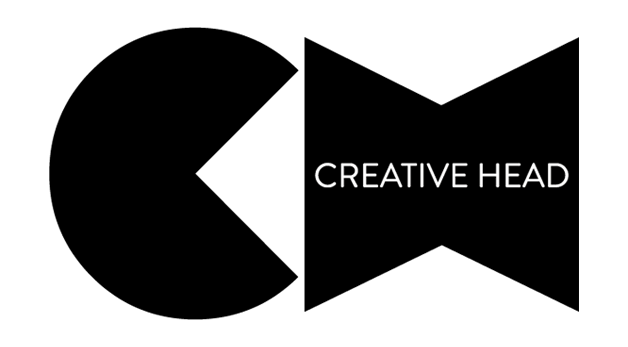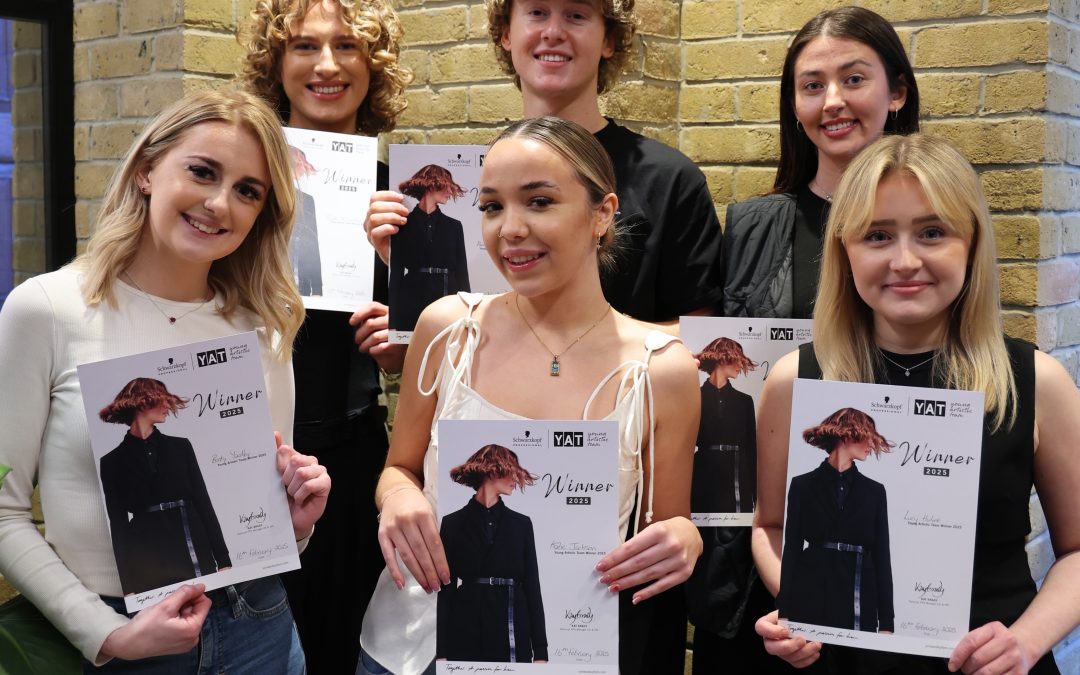
NHBF: Budget Changes To Cost Hair & Beauty Sector £139m
NHBF: Budget Changes To Cost Hair & Beauty Sector £139m
New report looks at economic impact of the Autumn Budget on hair and beauty businesses
by AMANDA | INFORM

Research by Pragmatix Advisory for the NHBF focuses on seven key measures – changes to the National Minimum Wage, Apprenticeship Minimum Wage rates, employer National Insurance contributions (NICs), Employment Allowance, business rates and business rates relief. The £139m impact is based on official government statistics and responses to the NHBF January 2025 State of the Industry survey.
With staff costs typically around 60 per cent – higher than the likes of hospitality where staff costs account for approximately 28 per cent – the Budget changes will hit hair and beauty particularly hard. According to the report, labour costs are expected to rise by four per cent, equivalent to £100m across the sector, driven by the rise in the National Minimum Wage, Apprentice Minimum Wage, and the changes in the thresholds and rates for employer NICs.
Overall tax revenue is expected to decrease by four per cent, or £44m across the sector, net of Employment Allowance. VAT paid is estimated to fall by 0.5 per cent, equivalent to £2.5 million. Based on responses to its recent State of the Industry survey, one in four salons (19per cent – approximately 9,370) plan to shift to self-employed models, likely to avoid the increased costs linked to traditional employment structures. For ‘micro’ businesses with fewer than four employees, the Budget is likely to add £1,130 in costs, while ‘mini’ businesses with 10 employees can expect to face £10,370 in additional costs per year.
Profits are projected to drop by 15 per cent across the sector, driven by rising labour costs and reduced consumer demand. Turnover is anticipated to slide by £20m.
The survey illustrated that seven in 10 businesses plan to increase prices, while 45 per cent will cut staff hours. Additionally, 45 per cent said they will trim the number of employees, with an average cut of 2.7 full-time equivalent staff.
“Our sector, which employs predominantly women and young people, is facing unprecedented pressure to either raise prices significantly or fundamentally change business models – with serious implications for jobs, training, and high street vitality,” said Caroline Larissey, chief executive of the NHBF. The organisation has written to the Chancellor ahead of the fiscal statement on 26 March. This letter asks for an urgent review of VAT; support for apprenticeships, including £3,000+ incentives per employee to cover training costs; business rates reform; more flexibility from energy suppliers to tackle high utility costs and enhanced HMRC resources for both enforcement and sector-specific advice to ensure fair competition.

















